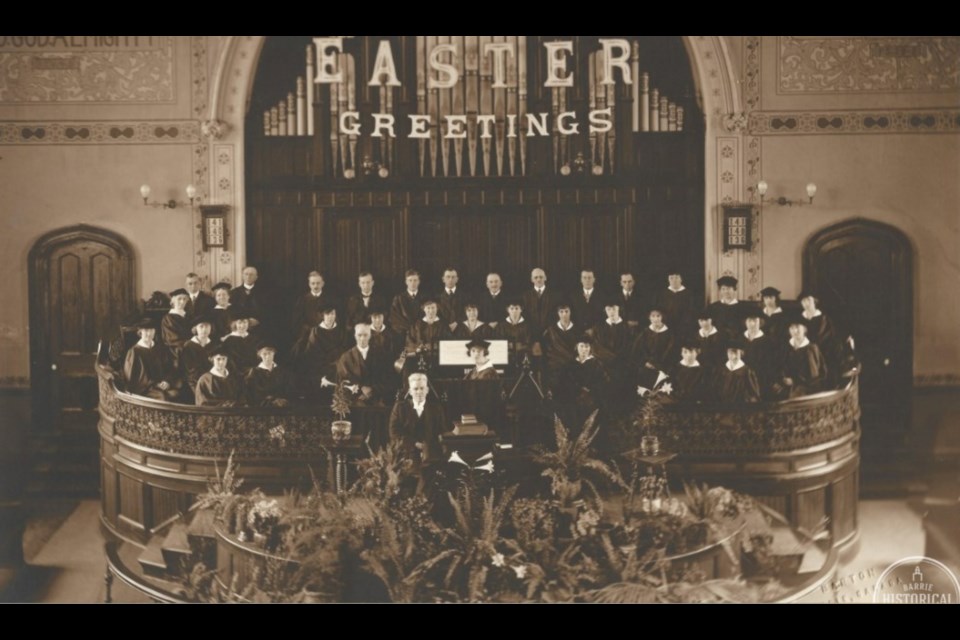Throughout her reign, Queen Victoria set the tone for the entire Commonwealth. Her words and actions were of great interest to her subjects around the world, so much so that she could be considered an early influencer and trendsetter.
Queen Victoria was the catalyst for many things that are common today.
Pain medication for women in labour was invented not long before birth of Victoria’s eighth child, but its use was frowned upon. The birth process was considered a divine act of suffering, in the religious sense, and Queen Victoria, as the head of the Anglican Church, was expected to be the ultimate role model for such things.
After seven babies, the Queen was in no mood to listen to the group of advisors who opposed the use of chloroform. She inhaled the anesthetic for just short of one hour and declared the experience to have been “delightful beyond measure,” thus paving the way for all women to have the option.
Victoria’s household was a blending of two cultures. Both Victoria’s husband and mother were German-born and their traditions soon became woven into the fabric of British life.
The Tanenbaum, the German Christmas tree tradition, is likely the better known of these. If Queen Victoria has a Christmas tree, so must we all. That was the general feeling in those days.
The royal couple were also responsible for the popularity of the Osterhase, although that term has been largely forgotten. It translates into Easter Hare, which became the popular Easter bunny we know today.
Of course, children are not interested in any of this dry history stuff. They want to get to the good part – a basket stuffed full of trinkets and sweet chocolate treats!
The kiddos might want show Swiss chocolatier Daniel Peter some appreciation though because it was he who first added powdered milk to the chocolate mixture. The Cadbury people took that invention and ran with it, introducing the Dairy Milk egg in 1905, and the whole Easter chocolate industry exploded after that.
About 100 years ago, specialized chocolate Easter treats began to appear on the shelves of Barrie’s candy shops and drug stores. In March 1923, Bryson’s Confectionary advertised its wares.
“Easter candy special of high-grade chocolates. Half pound box, 25 cents. Pound Box, 50 cents. Easter novelties.”
The trade of Easter goodies really took off in the 1930s. This seemed to have coincided with the rise of department stores where a wide variety of sugary treats could be found.
Zellers arrived in Barrie in the spring of 1935. This ad, published in the Barrie Examiner on April 14, 1938, described some of their delicious offerings including one particular item that quickly became an Easter favourite.
“Easter Eggs with whipped cream centres and milk chocolate coating. Fill the children’s baskets full. Gum Drops. Deliciously fresh and chewy. Easter colours. Chick-a-Dee Eggs. Grand for parties and Easter egg hunts. With Jelly. Chocolate Eggs (hollow centres) mounted on chocolate pedestals. With cut decorations and space for icing the youngster’s name.”
Who remembers receiving an Easter egg with your name on it? That was something very special.
In the mid-1950s, the YM-YWCA of Barrie began holding an annual Easter egg hunt for children at Queen’s Park. The park would be shut down for part of the day as volunteers hid prize tokens throughout the grounds.
It was not unusual to have 800 children show up for this event. The younger children were started at the corner of Ross and Toronto Streets and allowed a five-minute head start before the older ones were let loose from Parkside Drive.
Every child was given chocolate Easter treats, supplied by an unnamed major candy company, but the real hunt involved hidden tokens, of varying value, which could be turned in for grand prizes.
It was noted that some years found the park covered in snow. The organizers promised that no tokens would be buried any deeper than two inches from the surface.
Each week, the Barrie Historical Archive provides BarrieToday readers with a glimpse of the city’s past. This unique column features photos and stories from years gone by and is sure to appeal to the historian in each of us.



